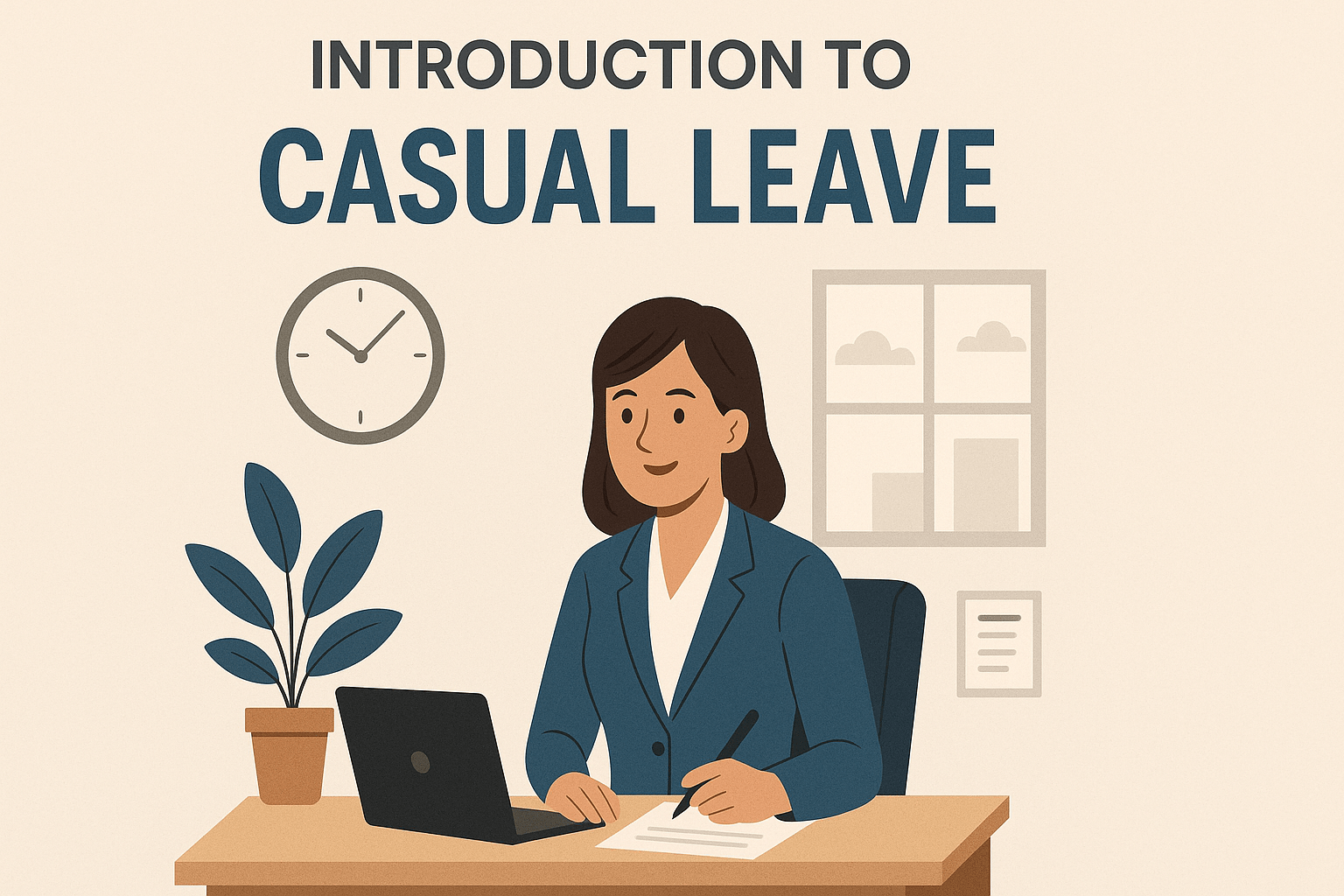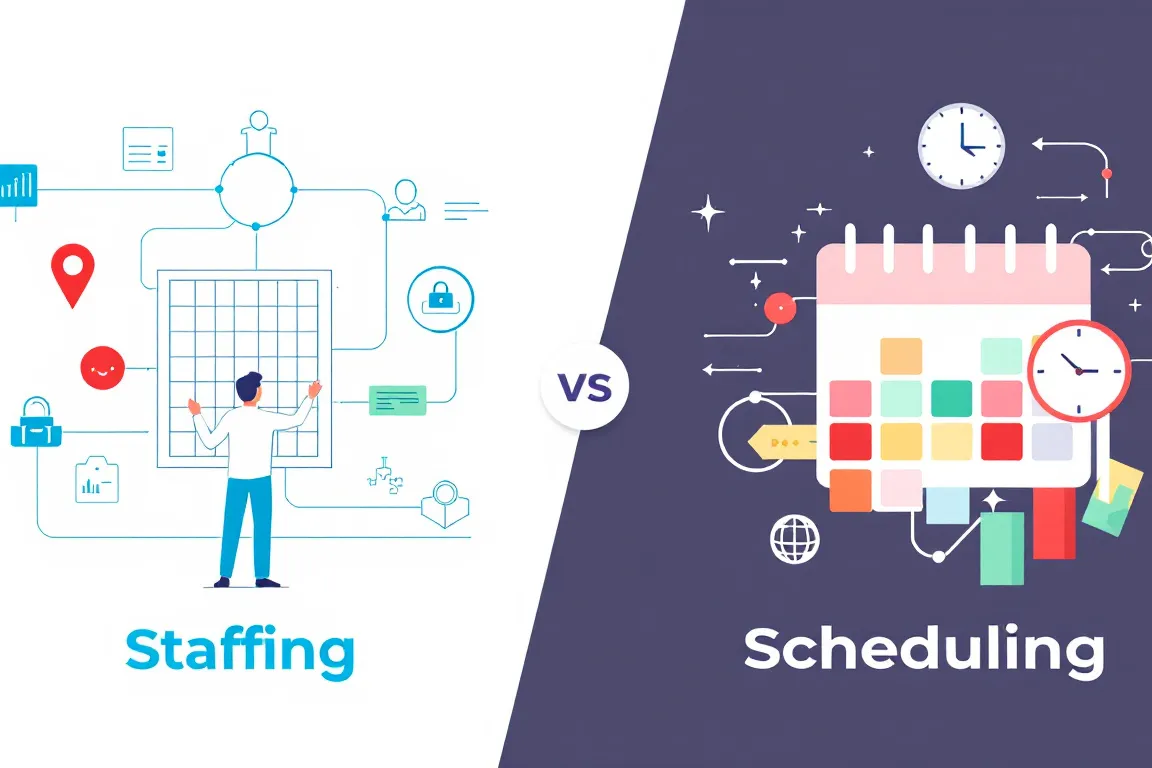As there are many advantages to taking time off from work, many companies make offering their staff a generous annual leave allowance a priority. In the UK, employees are entitled to a minimum of 5.6 weeks paid holiday each year, ensuring they have sufficient time to rest and recharge. Effectively managing annual leave requests is crucial as part of a holiday policy in the workplace. A clear and flexible annual leave policy not only aids employee wellbeing and engagement but also helps prevent entitlement loss, thus encouraging staff to submit their annual leave requests in a timely manner. Notice for taking holiday is generally at least twice as long as the amount of leave requested, unless stated otherwise in a contract. It is important to know how much notice is required and to document the request to avoid future disputes.
Despite this, many businesses struggle with getting their employees to use all of their holiday entitlement. This post looks at some of the reasons staff fail to use all of their leave allowance, what happens when they don’t, and what you can do about it. Employers must ensure their employees are informed of their annual leave entitlement and encourage them to use it to comply with the law. An employer must have a good business reason to refuse or cancel a holiday request.
Why don’t staff use all of their annual leave entitlement?
Part of the workplace cultureThis is a situation in which staff feel uncomfortable with taking time off due to the workplace culture. This could be because they’re scared of falling behind their colleagues, which is common in high-pressure jobs like sales, recruitment, or any role with targets. Many employees prioritize work over taking holiday due to workplace culture, which can perpetuate this issue. In some workplaces, employees may feel guilty for taking leave because their coworkers prefer to work.
Trying to impressHere, an employee is trying to prove themselves to management, to earn a promotion or a pay rise and is reluctant to take time off as a result.
WorkaholicsSome employees simply enjoy working hard and are loath to take a day off!
Saving their holidayThere’s also the chance that an employee is saving their annual leave for a longer holiday at some point in the year. The danger here is if their plans fall through, and they still have a large chunk of their allowance – without taking a break.
School holidaysSome employees might save their annual leave for school holidays, especially if their employer specifies that holidays must be taken during these periods. This is common in professions such as teaching, where being aware of contractual obligations and employer policies is crucial.
Unpaid leaveSome employees might opt for unpaid leave instead of using their annual leave. Requesting unpaid leave is at the employer’s discretion, and it can have implications for holiday entitlement and employer responsibilities. Legal rulings protect employee rights regarding their minimum paid holidays, making it important to understand the implications of choosing unpaid leave.
The consequences of not taking enough statutory annual leave entitlement
Decreased productivityAn employee can only work so long without a break before the quality of their work suffers; they need time off to relax, recharge, and return to work rejuvenated. Also, as an employee’s stress levels increase, communication with their colleagues can become strained. This has a detrimental effect on co-operation, collaboration, and workplace culture – causing the company to suffer as a whole.
Increased sickness absenceThe less frequently an employee takes time off, the greater the chance that they’ll call in sick. Again, this is as a result of mounting stress, which leaves them susceptible to headaches, as well as bugs, due to a suppressed immune system. Employers should ensure their policies encourage employees to take their holidays to avoid legal issues and to maintain a healthy, productive workforce. If an employee has a problem with taking holiday, it is a good idea to raise this informally first. Additionally, sick leave policies can be affected by not taking enough annual leave, as employees may need to carry over unused holiday entitlement during sick leave, highlighting the legal aspects of holiday accumulation and employer responsibilities.
Understanding Holiday Entitlement
Understanding your holiday entitlement is crucial to ensure you take the time off you need to recharge and maintain a healthy work-life balance. In the UK, employees are entitled to a minimum of 5.6 weeks’ paid holiday per year, including bank holidays. This entitlement is a statutory requirement, and employers must ensure that employees receive their full entitlement.
To calculate your holiday entitlement, you can use the following formula:
5.6 weeks x number of days worked per week = total holiday entitlement
For example, if you work 5 days a week, your holiday entitlement would be:
5.6 weeks x 5 days = 28 days
It’s essential to note that holiday entitlement can vary depending on your employment contract, and some employers may offer more generous holiday entitlements. Always check your employment contract to understand your specific holiday entitlement and any additional benefits your employer may offer.
Managing Annual Leave
Managing annual leave effectively is crucial to ensure that employees take their entitled time off and maintain a healthy work-life balance. Employers should have a clear holiday policy in place, which outlines the procedures for requesting and taking annual leave.
To manage annual leave effectively, employers should:
Communicate holiday entitlement and arrangements clearly to employees.
Set a fixed start and end date for the leave year.
Allow employees to carry over unused holiday entitlement where appropriate.
Provide adequate notice for employees to take their holiday entitlement.
Consider the impact of refusing or cancelling holiday on employee relationships.
Employees should also take an active role in managing their annual leave by:
Requesting holiday dates as far in advance as possible.
Giving adequate notice for holiday requests.
Checking their employment contract for holiday entitlement and arrangements.
By working together, employers and employees can ensure that annual leave is managed effectively, benefiting both the individual and the organization.
How can changing your holiday request policy help?
CarryoverHow your company handles the carryover of leave will impact your staff’s attitude to taking time off: If you allow staff to carry over days onto the following year’s allowance, there’s no urgency to use them all; they might choose to save them for a longer holiday. Unfortunately, this doesn’t address their need for a break in the short-term. Also, with carryover, you have to consider how you’re going to keep track of their extra days. Without an efficient way of doing so in place, such as a , you’ll only create more work for management and HR. Conversely, not allowing carryover creates a fear of loss: Now, staff know that if they don’t use their allotted days, they’re gone – and they wasted it, so they’ll make an effort to use their entire allowance. This is often referred to as a ‘use it or lose it’ policy, which mandates employees to take their accrued holiday entitlement within a specific timeframe to prevent forfeiture. The downside, however, is that you might create a situation where multiple members of staff have substantial amounts of holiday left: Do you let all of them take time off and leave yourself short-staffed? Or, do you authorise some days and not others – and how do you decide that? These are all things your annual leave policy must address. Employees should check their contract to see what their leave year is and what their rights are around carryover. An employer can cancel a pre-booked holiday if they provide notice equal to the length of the leave cancelled.
Prescribe time-offWhen staff don’t use their annual leave allowance, you can simply insist that they do so. A leave tracking system allows you to periodically review your how often your employees take leave – and request they take more. Alternatively, you could make it mandatory for staff to use some of their leave during a quiet period, like Christmas, if they have a certain amount outstanding after a certain date. It is crucial to ensure employees take their statutory annual leave entitlement within the leave year to avoid it being lost. Whatever you decide, be sure to make it part of your leave policy so your decisions don’t come as a surprise to your staff.
Employee Rights and Holiday Pay
Employee rights and holiday pay are essential aspects of employment law. Employees have the right to receive their full holiday entitlement, including bank holidays, and to be paid for their holiday leave.
Employers must:
Provide employees with their full holiday entitlement.
Pay employees for their holiday leave.
Allow employees to carry over unused holiday entitlement where applicable.
Consider the impact of refusing or cancelling holiday on employee relationships.
Employees have the right to:
Receive their full holiday entitlement.
Be paid for their holiday leave.
Carry over unused holiday entitlement where applicable.
Request holiday dates as far in advance as possible.
Understanding these rights and responsibilities ensures that both employers and employees can navigate holiday entitlements and pay effectively, fostering a fair and productive work environment.




